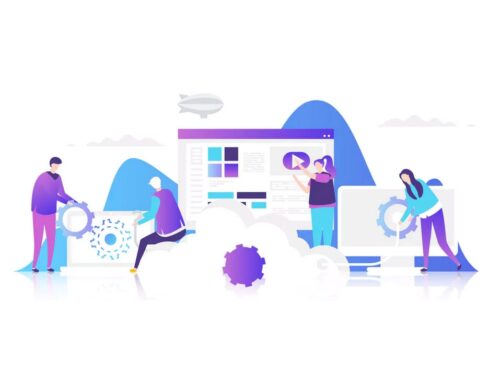The Forecast Calls for Cloud Migration
Technology changes fast, while business tends to advance at a slower pace. Why buy a new clock when the old one is still ticking? Companies frequently “make do” with legacy systems and outdated IT infrastructure, no matter how expensive it is to operate, because it’s difficult to justify the cost of migration, especially in an uncertain economy. But cloud migration is a sound approach to scalable, secure, agile, and reliable digital transformation — and while it is an investment, it doesn’t have to put excessive, long-term strain on your IT budget.
Benefits of cloud computing
Scalability is among the primary reasons for cloud migration. With traditional, on-site infrastructure, your company’s data storage and processing ability is limited, and limitations hamper growth. Processing power doubles every 18 months, and on-site technology upgrades are expensive to the point of obsolescence. Cloud computing models are designed for easy scaling, and with built-in flexibility for integrating new software and platform solutions, your company’s technology is always current. This allows IT teams to get proactive and stay ahead of the curve, instead of overhauling their entire on-site infrastructure every few years.
When your business is ready for additional data storage, cloud-based infrastructure is easily expanded, so you don’t get stuck in a holding pattern. This also helps with processing performance. Unexpected spikes in demand can strain limited, on-site IT infrastructure, but cloud models quickly react and respond to temporary peaks and valleys, which allows for lower operating costs without sacrificing peak performance.

Costs of cloud migration
With big business changes, the first fear is always cost, and cloud migration does come with an initial investment that may raise some concerns. Hesitation can stall progress and limit potential for future growth, and the costs of cloud migration are largely front end. In the long term, the increased processing power and expansion capability, at lower overall operating costs, makes the investment worthwhile for companies focused on current stability and future growth.
Cloud computing costs level out once migration gives way to managed service. When regular power and bandwidth needs are established, IT operating expenses are typically much lower than those required for managing and maintaining on-site IT infrastructure. The enhanced scalability of cloud computing options also helps with budget management. Your business won’t incur costs for unnecessary services, and you can quickly adapt to changing needs without breaking your IT budget.
Cybersecurity in the cloud
Cloud computing and data storage is potentially more secure than traditional on-site infrastructure. Most managed service and infrastructure providers use a shared responsibility security model, in which cybersecurity duties are clearly and contractually delineated between your company and the service provider. With a shared responsibility model, you know precisely what to do to protect your assets — and what the provider will do for you.

Cybersecurity responsibilities are divided differently depending on the service and the service provider. A software as a service (SaaS) solution works exclusively in the cloud, which makes the service provider responsible for platform security while your company manages access credentials and authentication protocols. With an infrastructure as a service (IaaS) provider, you will find the opposite. Most of the responsibility for protecting your data remains with your company, and the service provider manages and secures the servers you use to process and store said data.
To stay on top of your company’s part in a shared responsibility cybersecurity model, it is crucial to read and understand the “fine print” of your agreement with every service provider. With this knowledge, you can make plans to cover your share of security, and rest easy knowing your service provider will take care of the rest.
Reach for the cloud
Cloud computing isn’t coming. It’s here. Cloud migration is a growing trend, so the real question is not whether your company can afford the move. It’s whether you can afford to wait.
Learn more about the benefits of cloud migration, and get help planning your company’s move, at nccdata.com.
about author
Learn more about omnichannel communication strategies for your company’s virtual workforce at nccdata.com.





